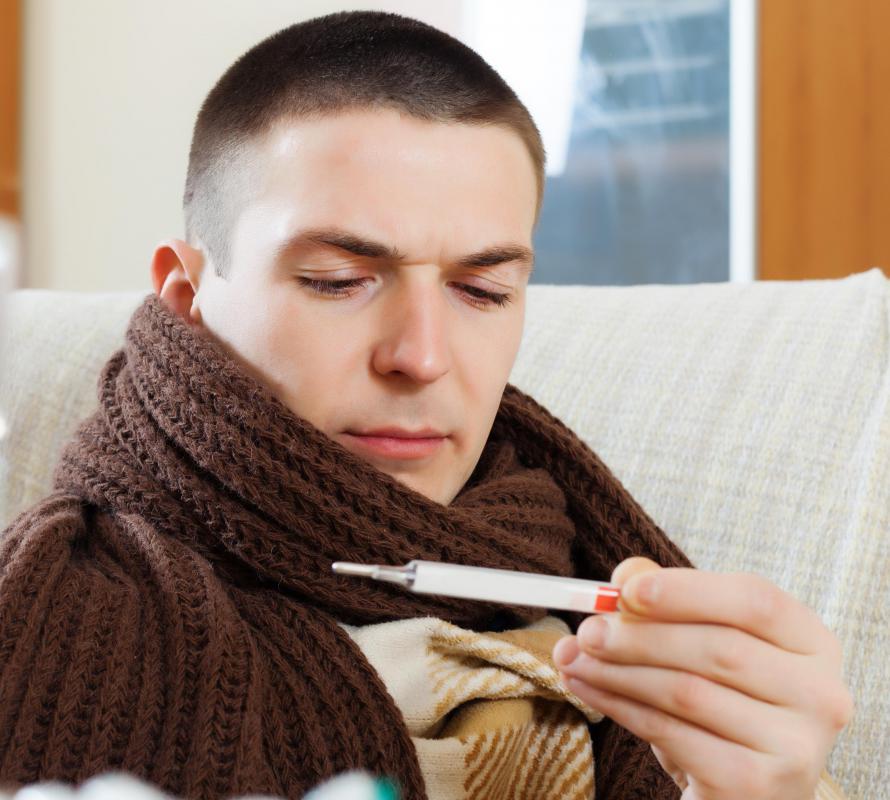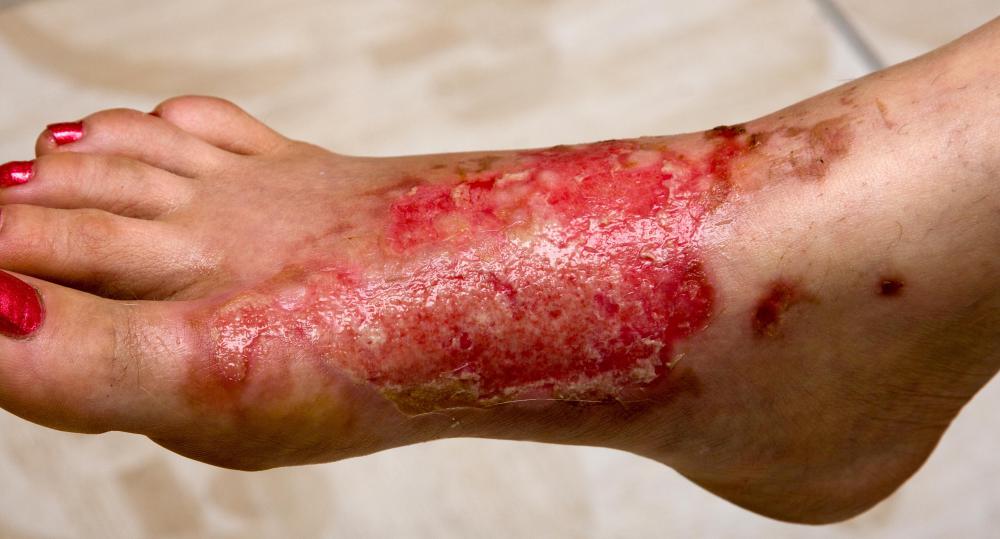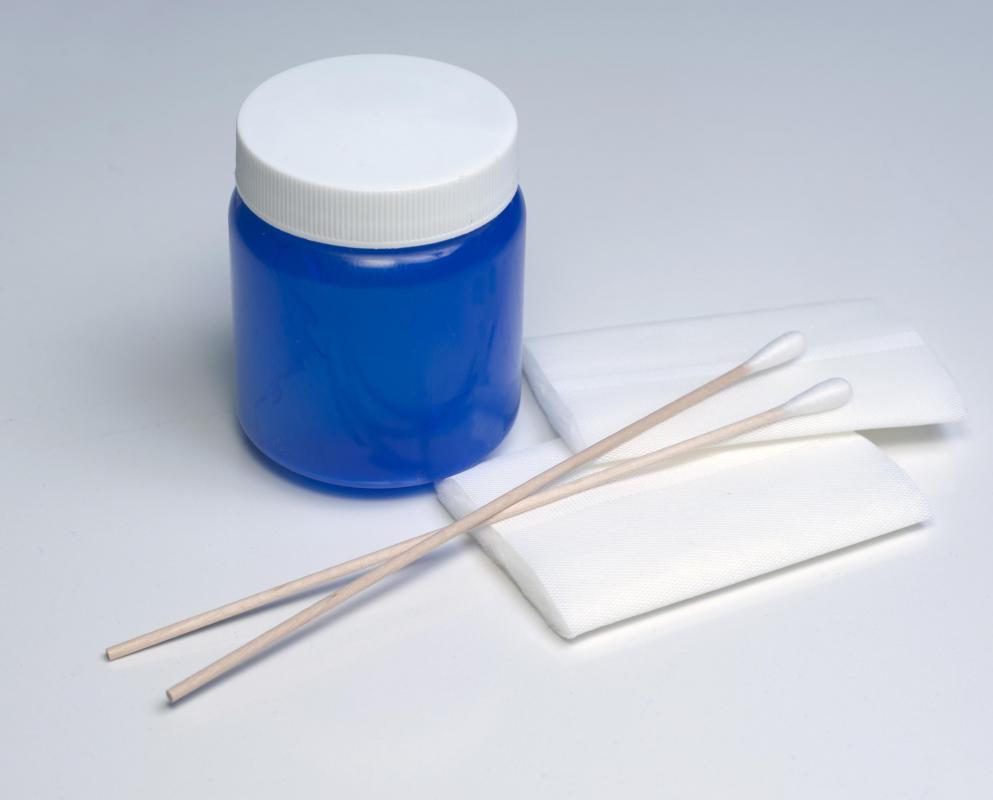At WiseGEEK, we're committed to delivering accurate, trustworthy information. Our expert-authored content is rigorously fact-checked and sourced from credible authorities. Discover how we uphold the highest standards in providing you with reliable knowledge.
What is Staphylococcal Scalded Skin Syndrome?
Staphylococcal scalded skin syndrome (SSSS) is a condition of the skin that results from an infection caused by a strain of staphylococcal bacterium. The condition is characterized by red, painful, sometimes blistered skin that separates in layers, appearing as if it has been burned. This syndrome, also known as Ritter disease, or just scalded skin syndrome, most often affects infants, young children, and individuals with compromised immunities.
Staphylococcal scalded skin syndrome may begin with an appearance similar to other skin infections, such as impetigo. Other signs include fever, chills, and areas where the skin is painfully irritated or blistered. During infection, the staphylococci bacteria produce a toxin that infiltrates the skin, causing the top layer of skin to peel away from the next. Once infected, the top layer of skin can peel away in large sheets with even a gentle touch.

Treatment begins with identification. Depending on how early SSS is caught, healing can begin in five to seven days after beginning treatment with an antibiotic effective against staphylococci bacteria. However, if the shedding of skin has begun, hospitalization may be necessary. An intravenous drip may be given to restore fluid and electrolyte balances that are lost with the exposure of raw layers of skin. Additionally, the skin may need to be treated with compresses and ointments.

The prognosis for staphylococcal scalded skin syndrome is excellent, with most individuals recovering with few to no complications. Left untreated, staphylococcal scalded skin syndrome can result in an infection deeper into the skin as well as septicemia, a severe infection of the bloodstream.
There is no guaranteed way to avoid staphylococcal scalded skin syndrome, but early detection and treatment greatly improves the duration and severity of the condition. Always keep infants and young children properly bathed and thoroughly dried before dressing.

Any child displaying wide spread redness, inflammation and irritation of the skin should be evaluated by a physician – especially if the child is in a daycare or other facility known to have had a staphylococcal infection. If the condition has progressed to fever and shedding of the skin, a trip to the emergency room may be necessary to avoid dehydration and further infection.
AS FEATURED ON:
AS FEATURED ON:

















Discussion Comments
It is most definitely a nasty syndrome. The skin looks like somebody poured buckets of scalding water on the patient. Luckily, it is not that common.
Post your comments